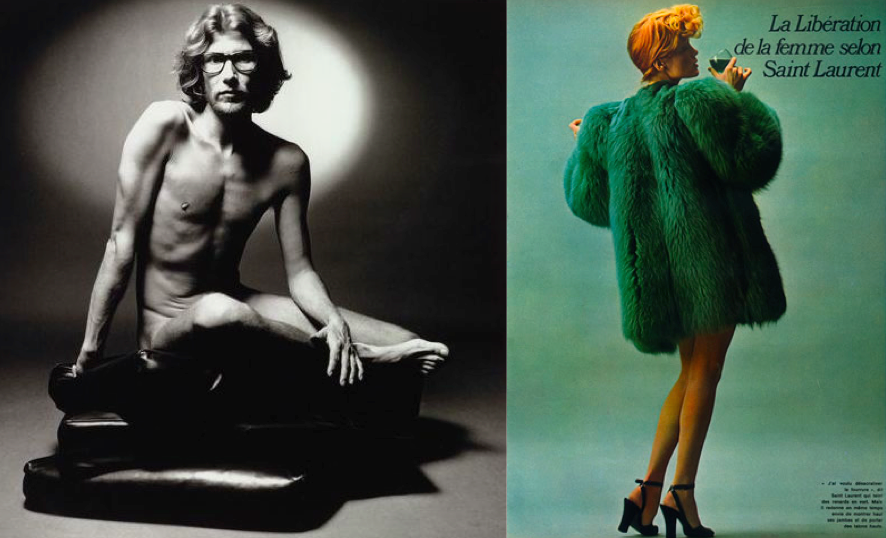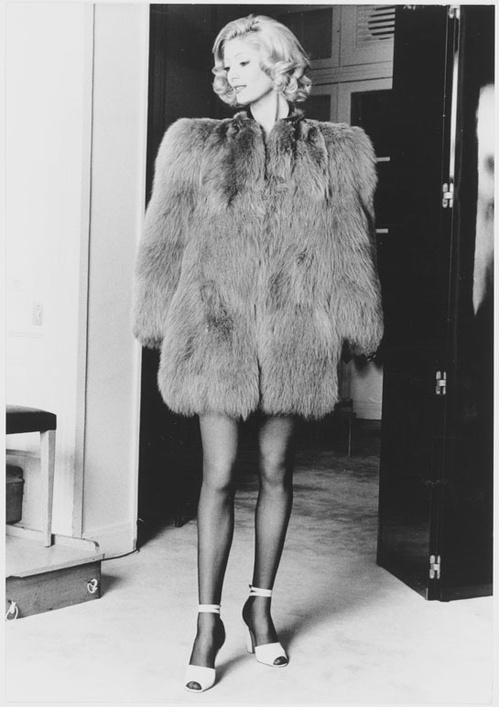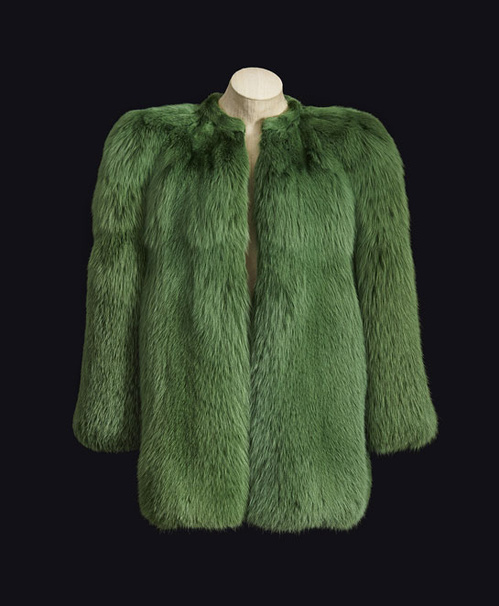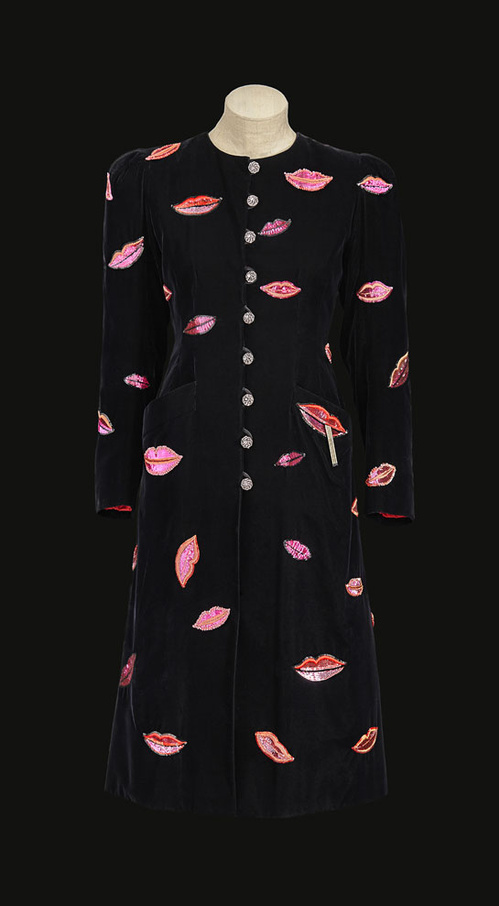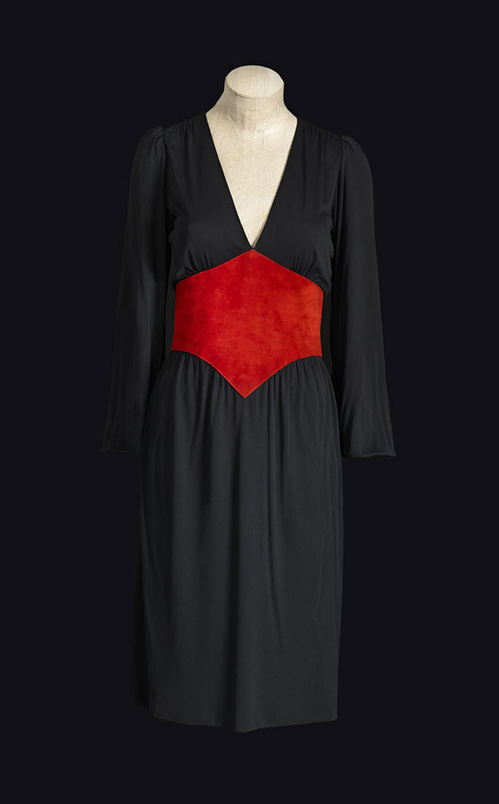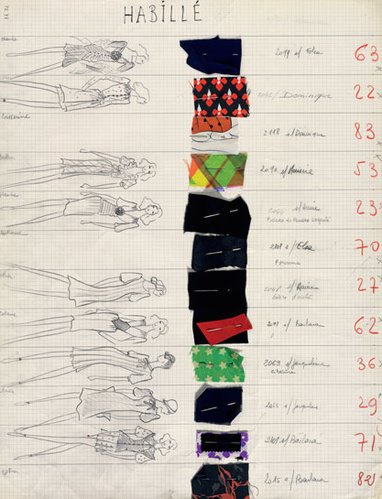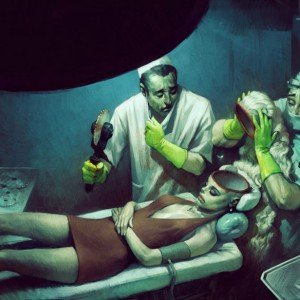…and then, he makes ‘retro’ and ‘vintage’ a trend across New York, London and eventually Paris.
Text: Iliana Deligiorgi
(Images: © Pierre Bergé-Yves Saint Laurent Foundation)
There’s almost nothing worst than bad press after a fashion show. However, what happened with the Haute Couture Spring/Summer fashion show of Yves Saint Laurent is something that had never happened before. The couturier decided -for the first time in the French fashion haute couture scene- to present short dresses and jackets, huge boleros, platform shoes, pantsuits and suits with square shoulders. On top of it all, the models wore heavy red makeup, at a time when in almost all haute couture shows of the time, makeup artists didn’t even exist.
The critical reception of the collection is easily summed up in Eugenia Sheppard’s phrase as published in New York Post on February 1st, 1971: “The ugliest show in Town”. The Anglo-Saxon and French media just couldn’t accept how a high fashion collection was inspired by World War II dressing and clothes people could find in thrift shops or flea markets. And, of course, the French fashion, full of haute couture gowns and detailed dresses, wasn’t ready for a collection that reminded of a ready-to-wear show and American women.
Nevertheless, the ’71 Yves Saint Laurent show wasn’t the first one having vintage or retro references, but it was highly condemned because it put together a new look for the next generation, the style of which wouldn’t have develop that way if it wasn’t for that collection. After 1971, we see women more eager to experiment, try new fashion styles, buy vintage clothes and liberate themselves from the rules of haute couture fashion. While the previous generation wasn’t ready for clothes that reminded them of the restriction of the war dressing, the new generation and women like Paloma Picasso, Loulou de la Falaise or Marisa Berenson embraced change, because they didn’t have any memories of the 1940s and at the same time they were ready for sexy and bold instead of elegant and old-fashioned.
Check some of the most typical looks of the collection that made “Kitsch” become a word in the fashion media vocabulary:

